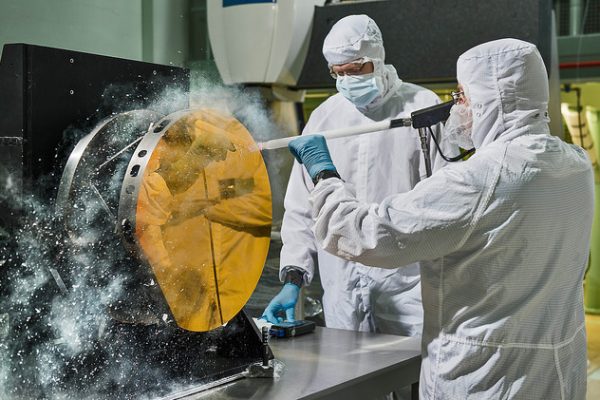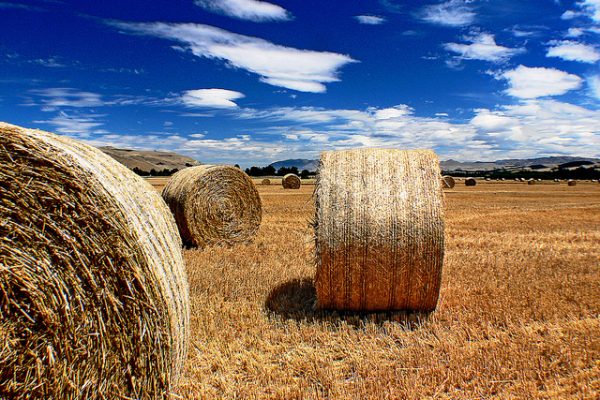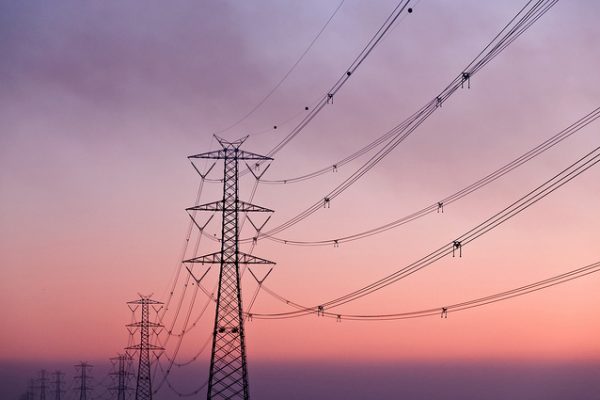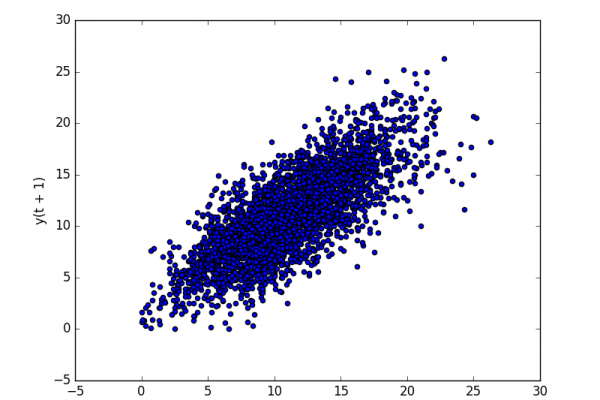Basic Feature Engineering With Time Series Data in Python
Last Updated on September 15, 2019 Time Series data must be re-framed as a supervised learning dataset before we can start using machine learning algorithms. There is no concept of input and output features in time series. Instead, we must choose the variable to be predicted and use feature engineering to construct all of the inputs that will be used to make predictions for future time steps. In this tutorial, you will discover how to perform feature engineering on time […]
Read more








